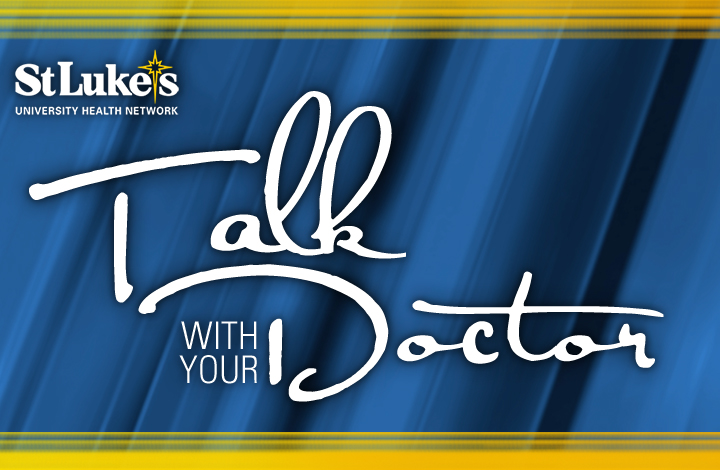SLUHN Infectious Disease Experts Call on Dentists to be Alert for Monkeypox
August 15, 2022

Monkeypox is an increasing worldwide problem recently declared a public health emergency in the United States. Among classical symptoms that include fever, muscle aches, lymph node swelling and rash are oral lesions present in up to 70% of cases.
“This disease is not as easily transmitted as COVID 19,” said Dr. Jeffrey Jahre, St. Luke’s University Health Network’s Senior Vice President of Medical and Academic Affairs and Section Chief Emeritus of Infectious Diseases. “Early recognition by all healthcare providers including dentists can potentially bring the spread of this disease to a halt.”
Dr. Jahre said St. Luke’s is calling on the dental community to be alert for monkeypox because Network doctors have begun seeing oral monkeypox symptoms.
Last week the American Dental Association issued to its members an advisory relaying the CDC’s basic monkeypox guidance. Importantly the ADA stressed that the standard infection control precautions used by dentists for decades, including the enhanced protocols that have been implemented during the COVID-19 pandemic, continue to keep both patients and staff safe during the monkeypox emergency.
Monkeypox is transmitted most commonly through direct contact with body fluids or lesions of the body of someone who has the disease. Less commonly it can also spread through materials that have touched these skin lesions or sores. Close contact with respiratory droplet secretions may be another uncommon mode of spread though the exact frequency is unknown.
“It is very important at this time that oral care programs, such those that train dental hygienists and other dental professionals, are aware of and alert to oral monkeypox symptomology and understand how to handle cases,” said Dr. Wayne Saunders, DMD, Chief of St. Luke’s Oral & Maxillofacial Surgery.
Although the ADA stated that extra diligence during the dental exam for symptoms, facial rash and intraoral lesions for early patient identification is imperative, the association did not attempt to describe these lesions and their diversity.
The facial lesions can vary in number and location including lips and can be papules, pustules, clear vesicles, or open sores with or without scab formation. The intraoral lesions are equally diverse and could be present anywhere in the mouth including gums, tongue, cheeks, palate and throat. These lesions can resemble other well-known conditions such as cold sores (herpes simplex), canker sores, lesions of hand-foot-mouth disease, or trauma.
A search of a Google images of monkeypox facial and oral lesions can provide a useful guide.
The importance of taking into consideration patients’ medical history to try and ascertain the etiology cannot be over emphasized. Currently more than 95% of the monkeypox cases involve men who have sexual relations with men who have multiple sexual partners. However, the disease is expanding beyond this group, so symptoms in others cannot be ignored.
When suspicious lesions are present, the patient can be referred to primary care providers or urgent care centers for conclusive testing, which is now widely available, advised Dr. Saunders. This is the first step to treatment for these often-painful lesions, as well as to potentially protecting the patient’s contacts through the expanding supply of protective vaccinations.
Read More NewsLatest News


April 10, 2025
National Recognition for SLUHN Graduate Medical Education

April 09, 2025
In Safe Hands Award

April 08, 2025